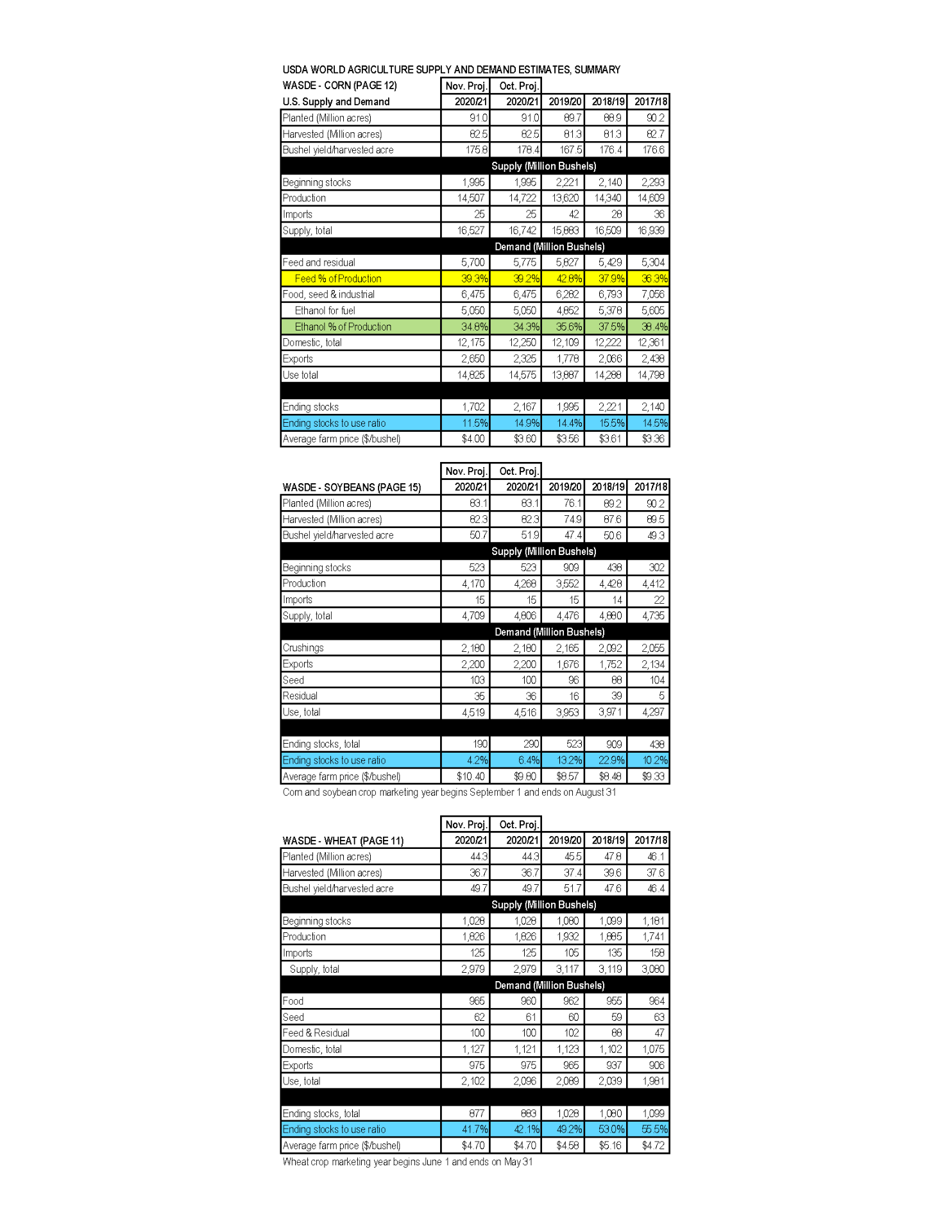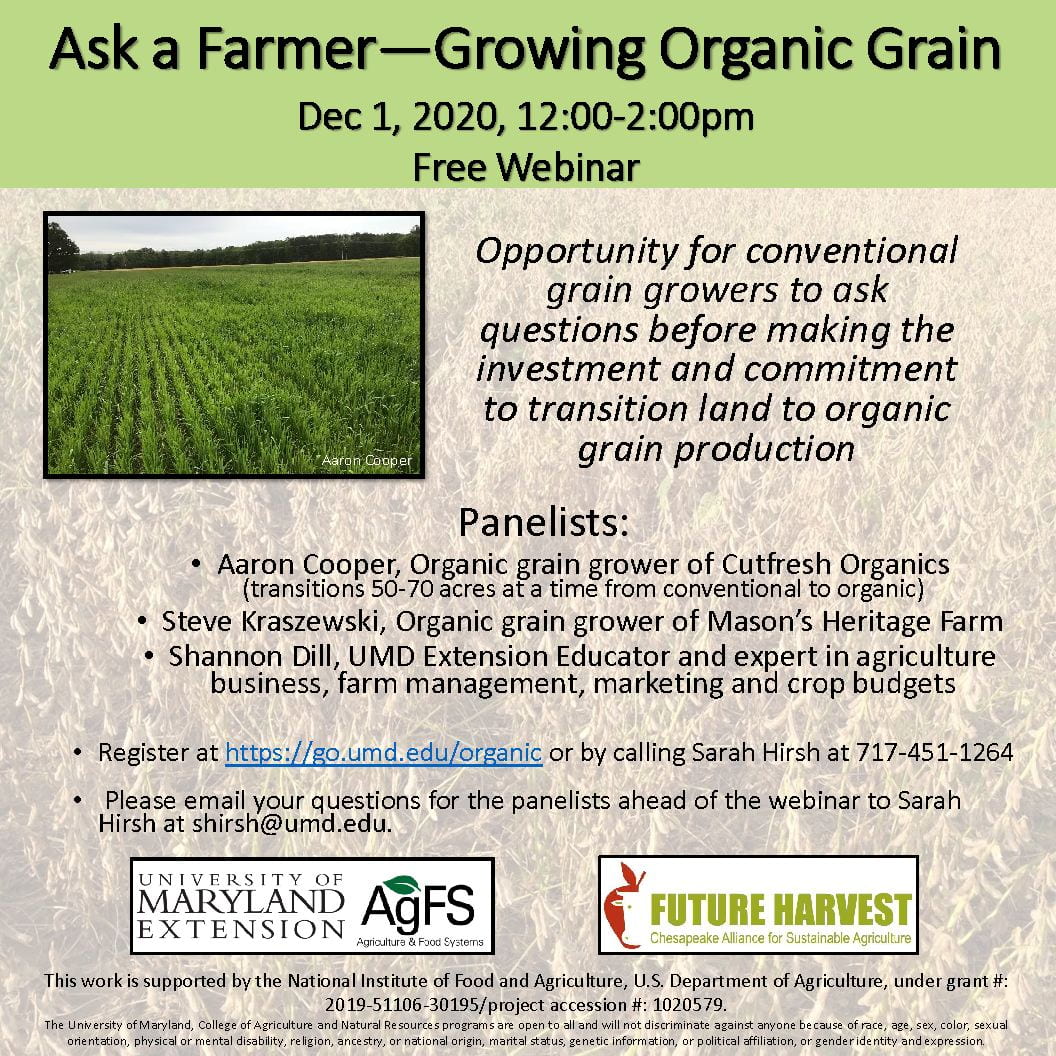Andrew Kness, Agriculture Agent
University of Maryland Extension, Harford County
Temperatures have been unseasonably mild in our region in October and November. Warmer fall temperatures can make for an enjoyable harvest but can also force accelerated development in our small grains, resulting in excessive tillering and top growth. While this increase in vegetation may be less of a concern with a small grain grown strictly as a cover crop, it can be cause for concern for wheat or barley planted for grain.
Wheat and barley need adequate but not excessive growth in the fall in order to maximize overwintering survival and yield in the spring. Plants that have 1-3 tillers and 4-5 leaves should overwinter well and have excellent yield potential going into the spring. In normal years the plants have enough time between the Hessian fly-free date and winter dormancy to achieve 1-3 tillers. However, excessive tillering and top growth can occur if seeding occurs too early, and/or if temperatures in November are unseasonably warm. Rapid and excessive fall growth can be exacerbated if there are high residual nitrogen levels left in the field from the previous crop. This year I have seen some early planted barley that is approximately 10-12 inches tall now, which may cause some issues this spring.
Excessive top growth in the fall creates a stressful environment that can decrease the percentage of plants and tillers that survive the winter, and in extreme cases the growing point of the main stem can emerge (or be very close to emerging) from the soil. In this case, entire plants can die due to the freeze-thaw cycle. The main stem and first tiller of the plant contributes the most to yield, so if they die yield can be severely reduced; although if there are enough healthy secondary tillers, some yield can be recuperated. Excessive top growth also promotes the development of foliar diseases such as powdery mildew, which if established early, can create a real problem in the spring. Other snowmold diseases can cause serious plant injury to these larger, lush plants. Likewise, aphids are attracted to larger, greener plants; so excessive top growth will attract more aphids, which can vector Barley Yellow Dwarf Virus (BYDV). This would be especially true for seeds planted without an insecticide seed treatment for aphids. Another insect that likes larger plants is the Hessian fly, which will lay eggs in susceptible varieties of plants before the frost-free date (anywhere from September 30-October 13 depending on where you are in Maryland and the year/weather). These infestations can cause serious lodging issues in the spring. Finally, larger plants transpire more water than smaller plants. This means that if we have a dry winter/spring, the larger plants will have depleted the soil moisture faster than the smaller plants and the potential for drought stress increases (although our recent springs have not been dry).
If you have a situation where your wheat or barley for grain is putting on excessive growth, you may want to evaluate the stand after the spring thaw. If the stand is severely damaged, you might consider leaving that field as a cover crop rather than taking it to harvest. Stands with fewer than 15 plants per square foot are likely to have significant yield reductions. If you have cattle you could also try to graze the field in the fall (as long as it’s not too wet); or alternatively, mow the field to keep the growth at bay. Obviously this practice has significant costs associated with it, but has been done with success in our region.


